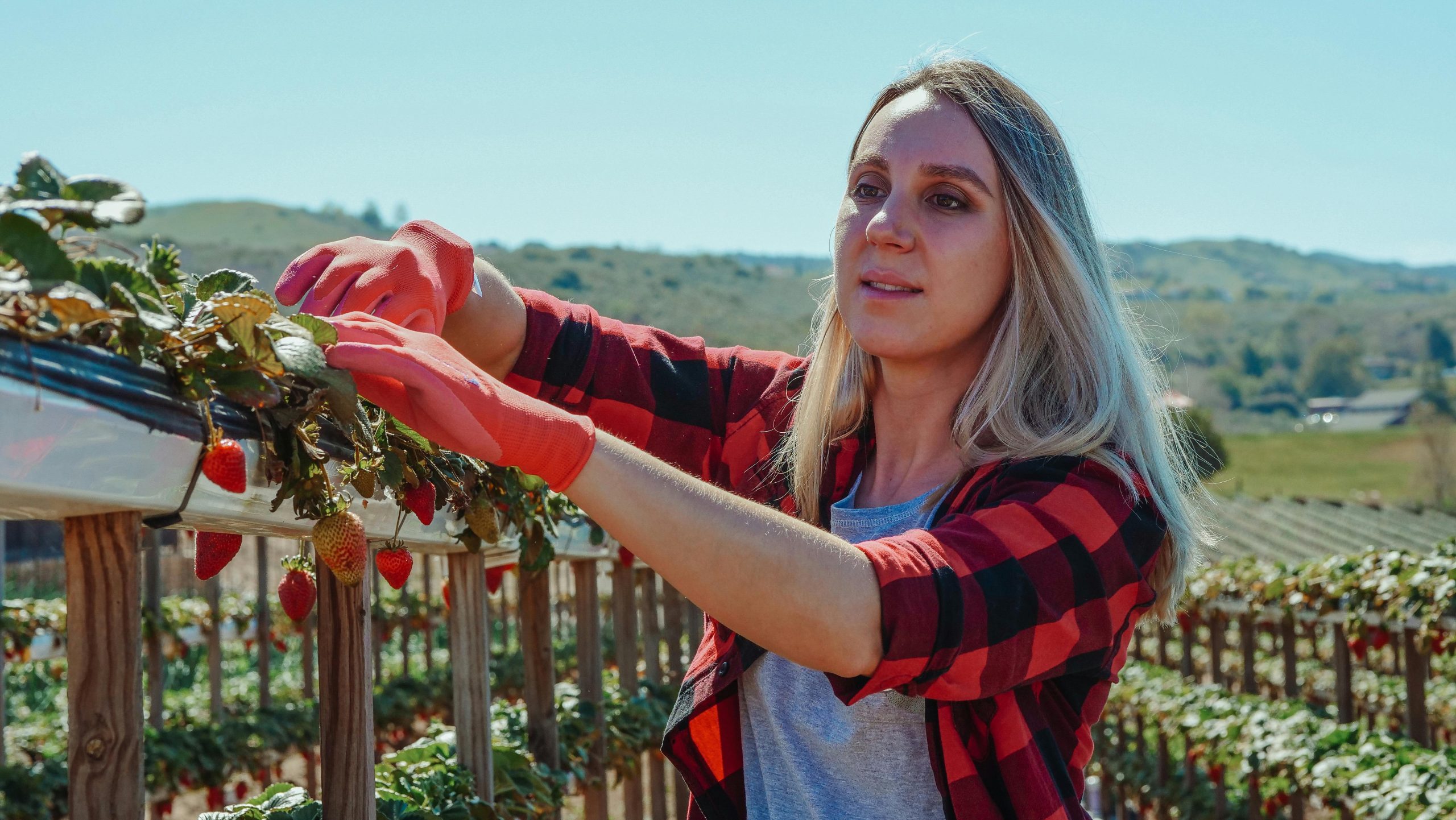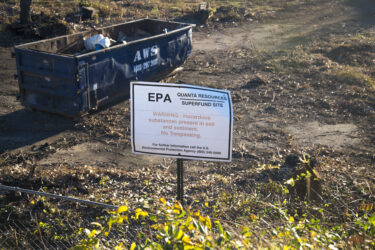Organic farming is on the rise, according to a 2019 Pew Center article. Which is no surprise since research has shown that increasingly more consumers believe that organic food is better for their health and the environment. But recent coverage of the knock-on effects of organic farming has put this stance into question, showing that farms neighboring organic operations often increase their pesticide use. And, organic farming requires more land than conventional farming.
Organic food is a common feature of many grocery stores, and the decision to buy conventional or organic produce comes with a variety of ethical and political baggage.
When comparing conventional produce with organic, it can be challenging to differentiate between the two. They often look the same and provide the same nutritional benefits, so why would you pay more for organic food? This tip sheet explores the environmental and health implications around organic farming so reporters can accurately frame the practice’s impact.
An integrated approach to agriculture
Organic farming considers environmentally friendly practices with the sustainable use of natural resources. It has various types of certifications, with the USDA Certified Organic label being one of the most rigorous and recognizable.
The certification indicates that the food has been grown in accordance with set standards which prioritize conserving local biodiversity, responsible resource management, healthy soil use and species diversity.
As health journalists, we have to sift through tons of PR from both the organic and conventional farming industry, as they each claim great benefits for human and planet health. In the past, shoppers have primarily chosen organic foods to avoid pesticides and safeguard the health of their families from chemicals like glyphosate, a common herbicide that the International Agency for Research on Cancer classified as “probably carcinogenic to humans.” Conversely, the US EPA considers glyphosate as “not likely to be carcinogenic to humans” and came to this conclusion by relying on registrant-commissioned, unpublished regulatory studies. While avoiding pesticides remains important for many shoppers, more consumers are looking toward organic farming as a way to lessen their impact on the environment.
A 2019 study found that 73% of global consumers said they would change their habits to reduce their environmental footprint, and agriculture accounts for approximately a quarter of the world’s greenhouse gas emissions. This shift of perception around organic farming highlights the importance for health reporters to cover this topic so that readers can put their good intentions in the right place.
Pros and cons of organic farming
Analyzing the research on organic farming’s effect on greenhouse gas emissions is complicated, and the health benefits can be unclear as there is inconclusive evidence that organic produce is more nutritious.
For example, in organic food, there is less pesticide residue than on conventionally-grown produce, but the use of herbicides is regulated within a level that is safe for consumption by the US EPA. The honest answer is, no one can say with certainty whether buying organic is better than conventional.
A 2020 study published in Science found that there needs to be major reductions in emissions from food and agriculture in order to meet the Paris Agreement global warming goals.
Synthetic pesticide use is itself a contributor to climate change, and fumigant use has been shown to contribute to nitrous oxide, a greenhouse gas many times more potent than carbon dioxide. The holistic approach to organic farming has produced evidence that the practice benefits soil, human, plant and wildlife health, but some critics are concerned about industrial-scale organic farming.
In a 2019 MIT Technology review article, James Temple asserts that organic farming is worse for climate change because of how much land farmers would need to use to maintain current crop yields. The critique centers on the fact that organic farming produces a lower yield and would therefore demand more land and resources, replacing natural areas and forests.
For how ubiquitous the term organic is in grocery stores, the U.S. still has a proportionally small amount of organic farmland. Data from the Certified Organic Survey shows organic farmland acreage has not grown beyond 1% of the total U.S. farmland. These figures are far less than the EU’s acreage for organic farming, which increased from 5.9% in 2012 to 9.9% in 2021.
As more research comes out about the pros and cons of organic farming, health reporters will need to provide diligent coverage so that PR and marketing don’t idly capture the minds and dollars of readers. Below are some resources that can help inform reporting on organic farming.
Contacts for stories
- The University of California and Michigan State have an organic farms expert designation for some of their faculty.
- The Rodale Institute is a nonprofit dedicated to growing the organic agriculture movement.
- Ian Parker wrote a piece in the New Yorker called “The Great Organic-Food Fraud.”
Story ideas
- What purpose does the USDA National Organic Program serve, and how is that reflected in your community?
- Where is the highest concentration of organic farms near you, and why is that the case?
- What are the financials behind organic farming? Are organic farms highly profitable? How did organic produce find its way into so many grocery stores?
- What sort of legislation is there around organic food in your state and who is benefitting from it?
- Can you taste the difference between organic food and conventionally grown food? Might be a fun excuse to taste test a bunch of fruits and vegetables!
Recent coverage of organic farming
- How more organic farming could worsen global warming — PBS NewsHour
- The positive impact of organic foods — University of Colorado Boulder
- Strategies for feeding the world more sustainably with organic agriculture— Nature
- Is organic agriculture really better for the environment? — The Washington Post
- Is organic better? — Harvard Gazette
- How Crop Insurance Prevents Some Farmers From Adapting to Climate Change —Civil Eats
- A Giant Organic Farm Faces Criticism That It’s Harming The Environment — NPR
- With organic fields next door, conventional farms dial up the pesticide use, study finds — The Associated Press










